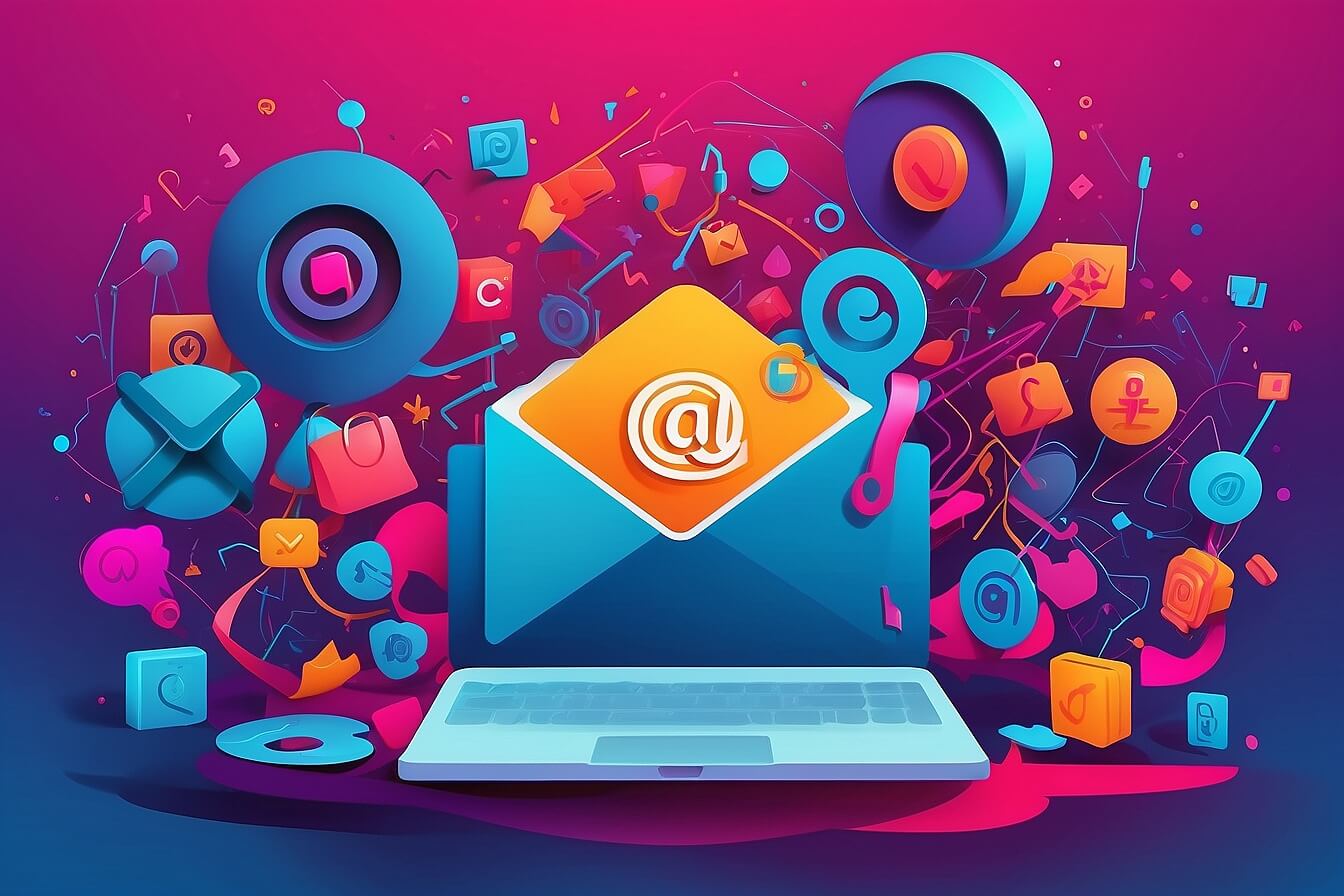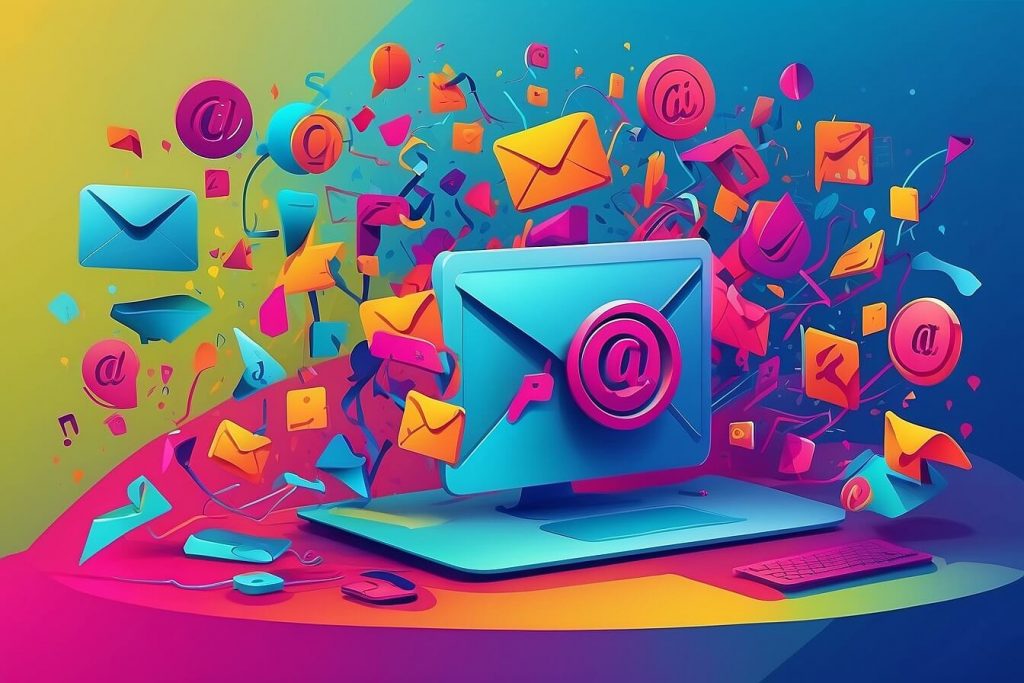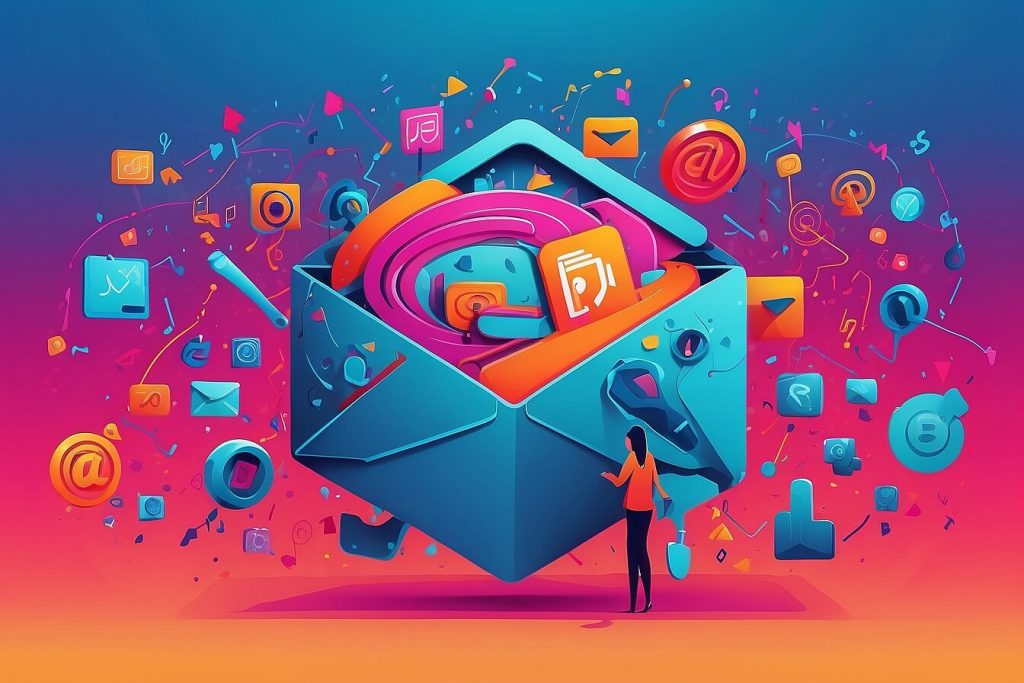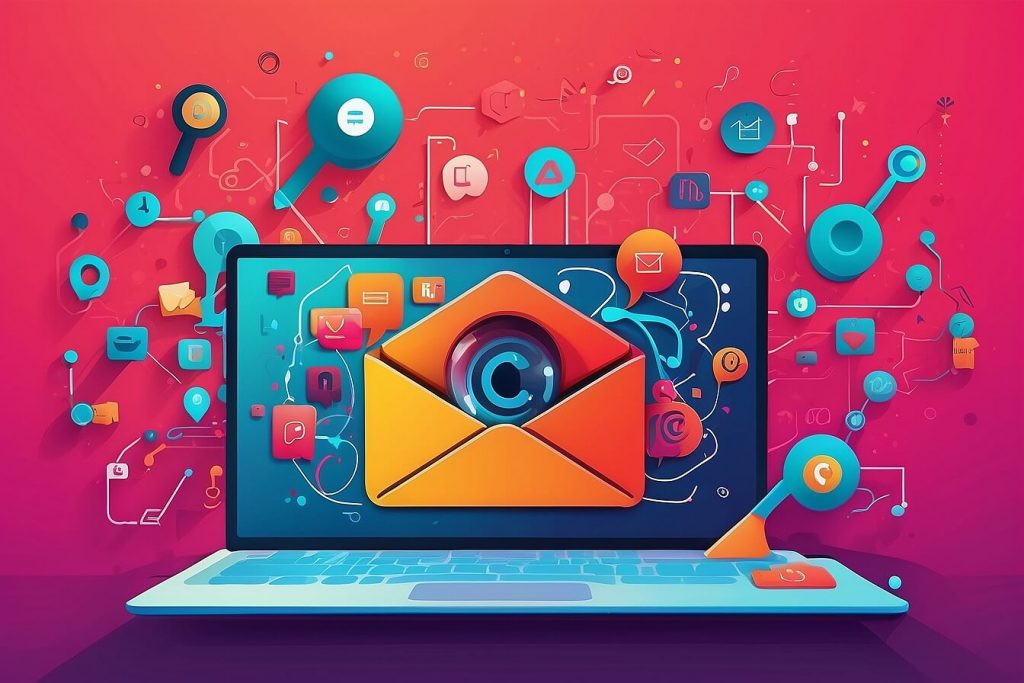The Role of Artificial Intelligence in Email Copywriting
Artificial Intelligence (AI) has revolutionized various industries – and email copywriting is no exception. AI brings a myriad of benefits to the table, transforming the way we create and optimize email content. With AI-powered tools and algorithms, marketers can now streamline their email marketing efforts, enabling them to target specific audiences more effectively and craft engaging, personalized messages.
One notable role of AI in email copywriting is its ability to optimize subject lines and email content. By analyzing vast amounts of data, AI algorithms can identify patterns and trends that resonate well with target audiences. These patterns can then be used to generate subject lines and content that are more likely to capture recipients’ attention, leading to higher open rates and click-through rates. Moreover, AI can dynamically personalize email content based on individual preferences and behaviors, delivering a more relevant and tailored experience for each recipient.
Understanding the Power of AI in Crafting Engaging Emails
Artificial Intelligence (AI) has revolutionized the way we craft engaging emails. With its advanced algorithms and machine learning capabilities, AI can analyze vast amounts of data, identify patterns, and generate compelling email content. By leveraging AI in email copywriting, businesses can enhance their marketing strategies and effortlessly create personalized and impactful messages that resonate with their target audience.
One of the key powers of AI in crafting engaging emails lies in its ability to improve personalization. Through AI-powered algorithms, marketers can gather valuable insights about their customers’ preferences, behaviors, and purchase history. This information can then be used to create highly targeted and tailored email content that not only grabs the recipients’ attention but also speaks directly to their individual needs and interests. By incorporating AI into their email marketing efforts, businesses can truly connect with their audience on a deeper level, increasing engagement, and ultimately driving higher conversion rates.
Leveraging AI to Enhance Email Marketing Strategies
In today’s fast-paced digital world, email marketing has become an essential tool for businesses to engage with their audience and drive conversions. However, crafting compelling email marketing campaigns can be a time-consuming and challenging task. This is where artificial intelligence (AI) comes into play, revolutionizing the way email marketing strategies are developed and executed.
AI-powered tools have the ability to analyze vast amounts of data, including customer behavior and preferences, to create highly personalized and targeted email content. By leveraging AI, businesses can enhance their email marketing strategies by delivering tailored messages that resonate with individual recipients. AI algorithms can identify patterns and insights that human marketers might overlook, allowing for more effective segmentation and personalization of email content. Ultimately, this level of customization leads to higher open rates, click-through rates, and ultimately, improved conversion rates.
Key Benefits of AI-Powered Email Copywriting
AI-powered email copywriting offers numerous benefits that can enhance the effectiveness of email marketing campaigns. One of the key advantages is the time-saving aspect. With AI, marketers no longer have to spend hours brainstorming and crafting email content. AI algorithms can quickly analyze vast amounts of data and generate personalized, high-quality email copy in a fraction of the time it would take a human. This allows marketers to scale their email campaigns without compromising on quality.
Another benefit of AI-powered email copywriting is improved personalization. By leveraging AI, marketers can utilize customer data to create highly targeted and relevant email content. AI algorithms can analyze customer preferences, behaviors, and purchase history to generate customized email copy that resonates with each individual recipient. This level of personalization can significantly increase email engagement and conversion rates, as customers are more likely to respond positively to content that feels tailored to their specific needs and interests.
How AI Improves Personalization in Email Content
Personalization is a key factor in creating effective email content, and artificial intelligence (AI) plays a vital role in improving this aspect. With AI-powered technologies, businesses can now gather and analyze vast amounts of data about their customers, allowing them to create highly targeted and personalized email campaigns. By utilizing machine learning algorithms, AI can analyze customer behavior, preferences, and past interactions to generate personalized recommendations and suggestions for email content. This level of personalization not only enhances the customer experience but also increases the likelihood of engagement and conversion.
AI also helps in tailoring email content to the specific needs and interests of individual recipients. By understanding the unique characteristics of each customer, AI-powered systems can craft emails that are more relevant and engaging. For example, AI can analyze a customer’s purchase history, browsing behavior, and demographic information to identify their preferences and interests. This information can then be used to create customized email content that resonates with the recipient on a personal level. The result is a more personalized email experience that is more likely to capture the attention of the recipient and drive desired actions.
Enhancing Email Subject Lines with AI-Driven Techniques
Email subject lines play a crucial role in determining whether or not recipients will open an email. With the advancements in artificial intelligence (AI), businesses can now leverage AI-driven techniques to enhance the effectiveness of their email subject lines. By analyzing vast amounts of data, AI algorithms can identify patterns and trends, enabling marketers to craft subject lines that resonate with their target audience. AI algorithms can analyze previous email campaigns and their respective open rates to identify which subject lines were successful and which ones fell flat. By using AI-driven techniques, businesses can optimize their subject lines to increase open rates and ultimately improve the overall success of their email marketing campaigns.
One of the key benefits of using AI-driven techniques to enhance email subject lines is improved personalization. AI algorithms can analyze data about individual recipients, such as their previous interactions with the brand, purchase history, and browsing behavior. By understanding the unique preferences and interests of each recipient, businesses can tailor their subject lines to appeal to them on a more personal level. Personalized subject lines have been proven to significantly increase open rates and engagement. AI-powered email copywriting allows businesses to generate subject lines that are not only relevant but also resonate with the recipient, ultimately leading to higher open and click-through rates.
Crafting Highly Clickable Call-to-Actions with AI
AI has revolutionized the way call-to-actions (CTAs) are crafted in email marketing campaigns. With its advanced algorithms and machine learning capabilities, AI can analyze vast amounts of data to determine the most effective CTAs for engaging audiences. By analyzing factors such as user behavior, demographics, and preferences, AI can generate personalized CTAs that are tailored to individual recipients.
One of the key advantages of using AI in crafting CTAs is its ability to optimize conversion rates. AI algorithms can analyze past data and identify patterns to predict which CTAs are most likely to drive user action. By leveraging this predictive power, marketers can create CTAs that are highly clickable and increase the chances of conversions. Moreover, AI can continuously learn and adapt based on user responses, allowing for dynamic optimization of CTAs over time.
In addition, AI can also help in creating compelling and persuasive CTAs. By analyzing language patterns, emotional triggers, and persuasive techniques, AI algorithms can generate CTAs that resonate with the target audience. This can include using power words, emphasizing urgency, and addressing pain points or desires of the recipients. By leveraging AI to craft highly clickable CTAs, marketers can enhance the effectiveness of their email marketing campaigns and drive desired actions from their subscribers.
AI’s Role in Optimizing Email Open Rates and Click-through Rates
Email marketing is a crucial component of any successful business strategy. However, with the increasing volume of emails bombarding people’s inboxes, it has become more challenging to capture recipients’ attention and prompt them to take action. This is where artificial intelligence (AI) comes into play, revolutionizing the way email open rates and click-through rates can be optimized.
By leveraging AI algorithms, marketers can analyze vast amounts of data to understand customer preferences, behavior, and engagement patterns. This knowledge allows them to personalize email content, ensuring that each message resonates with the recipient on a deeper level. From subject lines to the body of the email, AI-driven techniques can help craft compelling and relevant emails that significantly increase open rates and click-through rates. By understanding the power of AI in this regard, businesses can drive better results in their email marketing campaigns and stay ahead of the competition.
Overcoming Common Challenges in AI-Powered Email Copywriting
One of the common challenges in AI-powered email copywriting is the risk of sounding robotic or impersonal. While AI can generate content quickly and efficiently, it may lack the human touch and emotional connection that resonates with the audience. To overcome this challenge, it is crucial to strike a balance between automation and personalization. Marketers can leverage AI algorithms to analyze customer data and preferences, enabling them to create tailored and relevant email content. Additionally, incorporating personalization techniques such as using the recipient’s name or referencing their past interactions can help humanize the email and make it feel more authentic.
Another challenge in AI-powered email copywriting is the potential for inaccuracies or errors in the generated content. AI algorithms are not perfect and can sometimes produce content that is grammatically incorrect, factually inaccurate, or fails to convey the intended message. To address this, it is important to implement thorough quality control measures. This can involve manually reviewing and editing the AI-generated content before sending it out, using AI-powered tools that can check for grammar and spelling errors, or even integrating a human element in the process to ensure accuracy and coherence. Continuous monitoring and refinement of the AI algorithms can also help improve the quality and reliability of the email copy generated.
Best Practices for Implementing AI in Email Copywriting Strategies
1. Utilize Data-Driven Insights: When implementing AI in email copywriting strategies, it is crucial to gather and analyze relevant data. By leveraging AI algorithms, marketers can gain valuable insights into customer behavior, preferences, and engagement patterns. These data-driven insights can help in crafting personalized, targeted email content that resonates with the audience. From analyzing open rates and click-through rates to segmenting subscribers based on their interests, AI allows for a more strategic approach to email copywriting.
2. Test and Optimize: One of the key best practices in implementing AI in email copywriting strategies is to continuously test and optimize. AI-powered algorithms can help in A/B testing different elements of email campaigns, such as subject lines, call-to-actions, and content variations. By experimenting with different variables, marketers can identify the most effective combinations that drive higher open rates, click-through rates, and conversions. Regularly monitoring and analyzing the results of these tests can provide valuable insights for ongoing improvements and enhancements in email copy.




